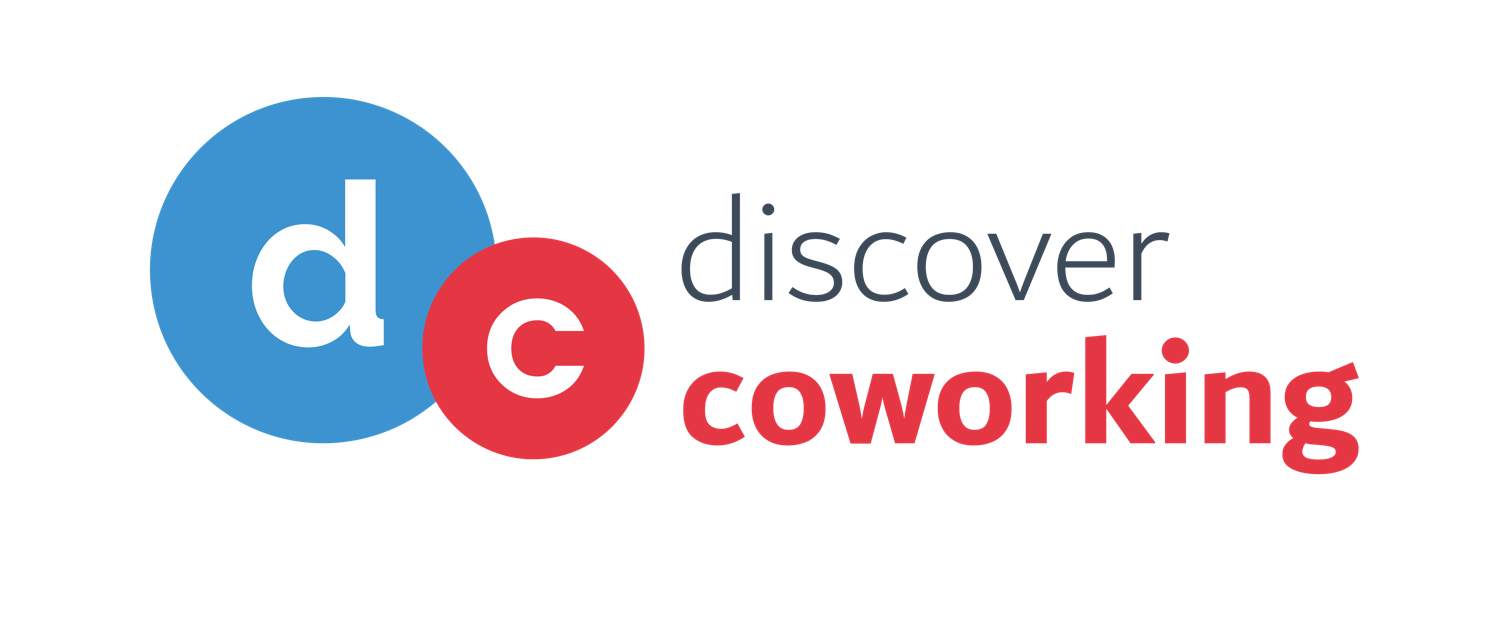How would you go about designing a coworking space? With so many ideas out there, Mr. Sombat Ngamschlermsak , an interior designer from Bangkok has decided to shed some light into the design aspects of coworking, with the insights he gathered through his journey from a corporate world to a startup business.
Mr. Sombat operates two spaces in Bangkok, Paperspace, and KliqueDesk. He has been working in work-class design for the last seventeen years; his career started in a company in Singapore where he was the regional designer for five years. The insights he had to offer was not only limited to coworking space, but also to other office spaces. One of the projects he worked on in the initial stages of his career, involved pitching an idea to Facebook on a 600 square meter space; the brief was that they would use it for only six months and would later move on to a bigger office. Mr. Sombat had an epiphany based on the short duration of their stay; he proposed the idea to recycle cardboard boxes into meeting tables and even hung a box from the ceiling for decorative purpose. The floor had been covered with a chic carpet; an area was left bare to give the staff an opportunity to add a personal touch to the design, by drawing graffiti in that space. This out-of-the-box concept helped seal the deal with Facebook, despite being faced with competition from a more prominent design firm, Gensler.
The exhaustion that comes with working in a corporate world finally caught up with Mr. Sombat after ten years. He then decided to venture into a startup business of his own and set up a design studio in Bangkok. His first client was KMUTT architecture, and they asked him to design a layout for KX, a coworking space in a 19th-floor building, which was part of the university program. The work on this project was completed in a café since he had no office to work from; however, he had to look for other options when his presence began to disrupt the guests. This gave rise to KliqueDesk, a concept he came up with his team since he does most of his work in the client’s office. Their search for office space led to a 300 square meter space in a 40-year-old building. Mr. Sombat and the three designers working under him came up with a conceptual scheme that would bring a contrast to the structure. The 3D sketch showcased a bar centering 12 rooms, each with the capacity to sit three people. He finally had his office and rented out the remaining 11 rooms which have had an occupancy rate of 80% average for four years.
The ‘KliqueDesk’ project was published in the international website intel design and on Delhi interior design office snapshot. It was entered into a competition in Singapore last year, and it comes as no surprise that this innovating idea won a bronze award under the work-space category. If you have a coworking space and you are not satisfied with its layout, the design is a criterion you can use to make your coworking space famous.
Last year, Mr. Sombat created a business model called Paperspace and started collecting members who shared a similar career background with him. Currently, there are 12 members in 3 countries Bangkok, Sri Lanka and Manila; working together under one name – Paperspace. The idea is to build a single office for them to share in each country; therefore Paperspace is not a firm, it is a platform that allows members to work together. In Bangkok, Paperspace occupies a 300 square meter space; the layout features two favorite aspects of Thailand – fashion and food. The client seems to appreciate its natural design; which is mostly attributed by the giant tree right in the middle of the workspace.
To answer the question asked at the beginning, each coworking space is different; your layout is dependent on the kind of clientele you have; who is your user? What are their characters? You have to know your client first and build your coworking space around that concept, according to Mr. Sombat.

